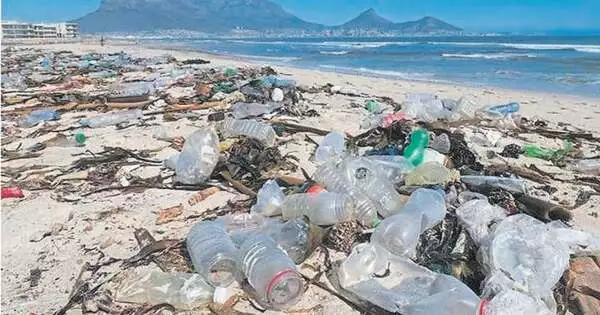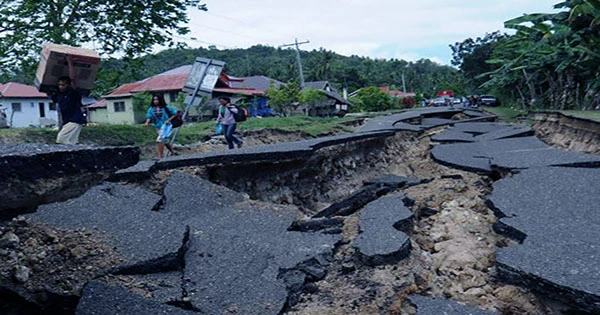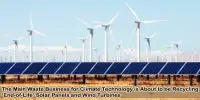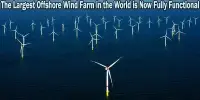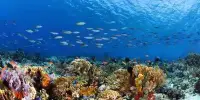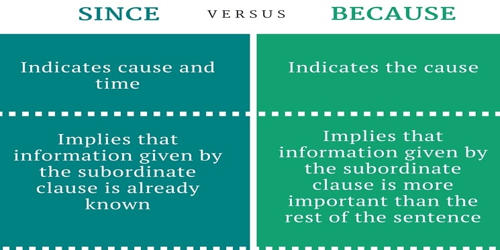Plastic was invented in the early 1900s to replace natural materials such as ivory and tortoiseshell, but its production has since skyrocketed. Plastic production has surpassed that of all other man-made materials except steel and cement, and it is expected to rise by 40% over the next decade.
Plastic is a global problem, whether in drinking water, food, or even the air, and the full extent of this pollution may be greater than we know. Researchers at the Karlsruhe Institute of Technology (KIT), in collaboration with partners from the Netherlands and Australia, examined traditional assumptions for plastic transport in rivers. The actual amount of plastic waste in rivers may be up to 90% higher than previously estimated. The new findings should aid in improving monitoring and removing plastic from bodies of water.
Rivers play an important role in the transport of plastic in the environment. “As soon as plastic enters a river, it is transported rapidly and can spread throughout the environment,” says Dr. Daniel Valero, lead author of a new study on plastic transport at KIT. “However, depending on its size and material, plastic can behave very differently in the process, sinking, suspending in the water, remaining afloat, or being stopped by obstacles.”
Current methods for estimating plastic pollution in rivers, however, are mainly based on surface observations. “This is the only way to effectively monitor large rivers from bridges. However, what happens under the water surface has not been sufficiently verified so far,” says Valero.
As soon as plastic enters a river, it is transported rapidly and can spread throughout the environment. However, depending on its size and material, plastic can behave very differently in the process, sinking, suspending in the water, remaining afloat, or being stopped by obstacles.
Dr. Daniel Valero
Plastic particles are transported very differently
Valero and his colleagues have now investigated the behavior of over 3,000 particles ranging in size from 30 millimetres to larger objects such as plastic cups in flowing waters. In laboratory models, each individual particle was tracked in 3D with millimetre precision using a multi-camera system, and the entire water column – from the water’s surface to the bottom – was recorded. With this experiment, the researchers were able to statistically prove that plastic particles behave very differently depending on where they are in a river. Plastic transported beneath the water’s surface behaves as predicted by standard turbulent flow models.
“The particles are dispersed like dust in the wind” says Valero. As soon as plastic emerges the water surface, however, the situation changes radically: “On contact with the water surface, the particles are caught by the surface tension like flies in a spider’s web. Then they cannot escape easily.” This adhesive effect is just as relevant for surface transport in rivers as the specific buoyancy of a plastic particle.
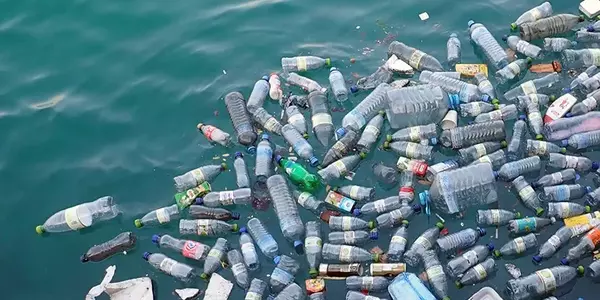
Better models for visual monitoring
On the one hand, the results of the experiment show that it is not enough to consider only floating plastic on the surface to estimate the amount of plastic in rivers. “The bias is significant. If the turbulent character of the transport of plastic particles under the water surface is not considered, then the amount of plastic waste in rivers can be underestimated by up to 90 percent,” says Daniel Valero.
On the other hand, the results confirm that existing knowledge about the behavior of particles in turbulent flows is relevant for the transport of plastic in rivers and can help to estimate the total amount more realistically. To that end, the researchers calculated the ratio of plastic particle concentrations at the water’s surface to greater depths under different transport conditions.
On this basis, visual observation of the water surface can still be used for monitoring, and the actual transported quantity can be calculated fairly accurately. Furthermore, the findings can be applied in a very practical way, namely in the development of new approaches for plastic removal: “If you can estimate where the most plastic is, then you also know where a clean-up is most effective,” says Valero. (mhe)
